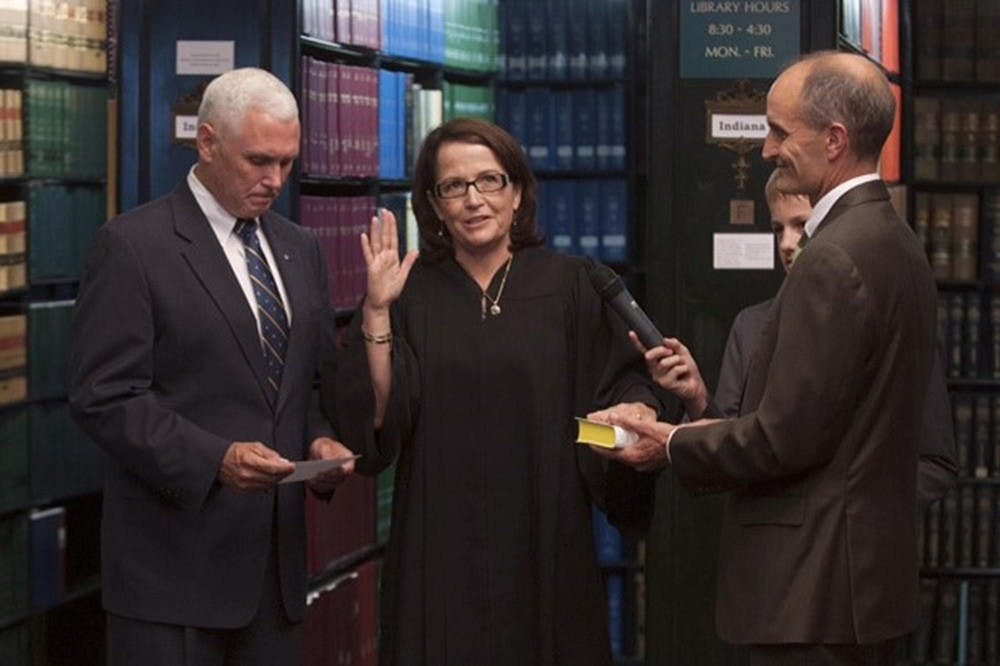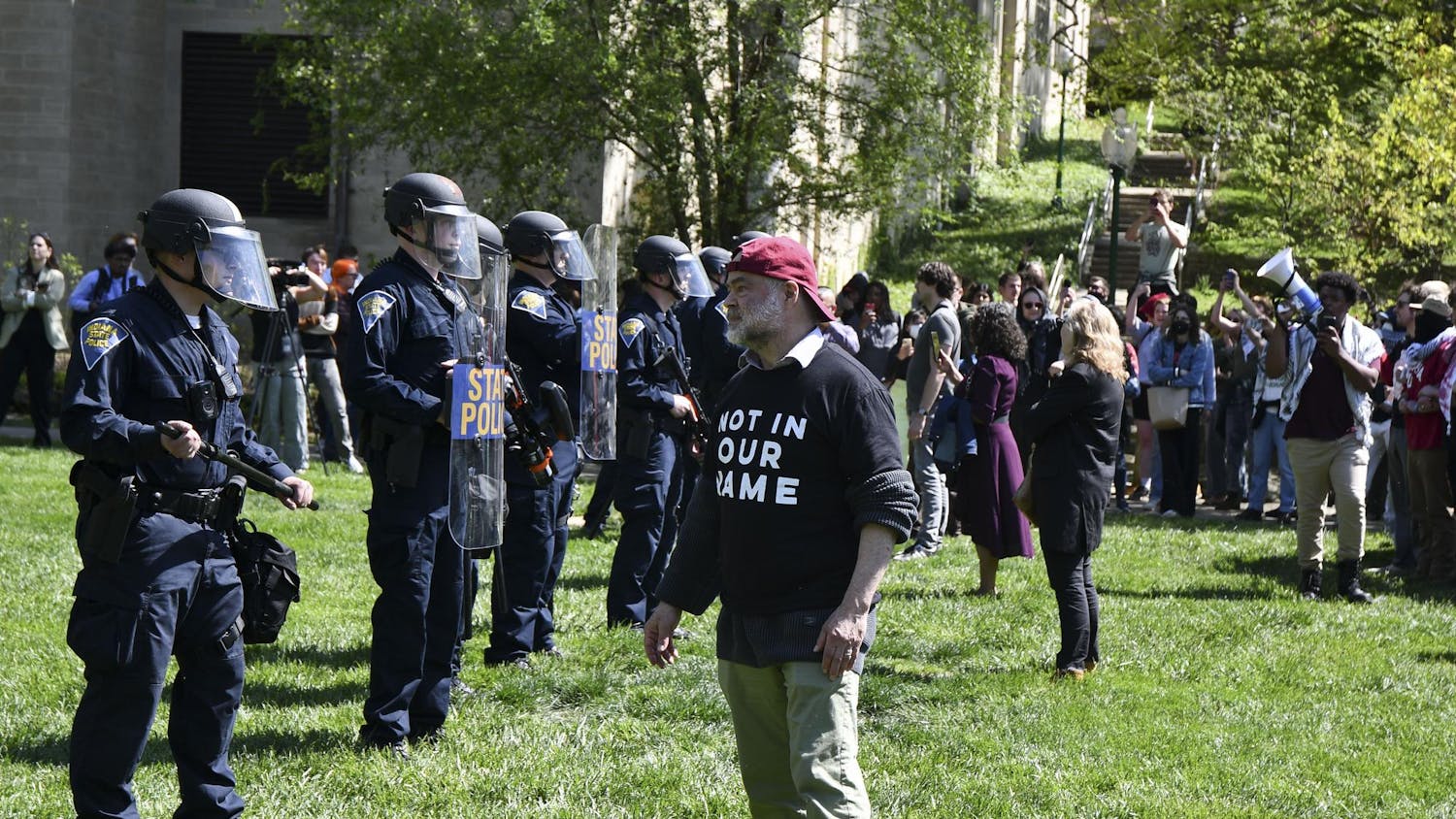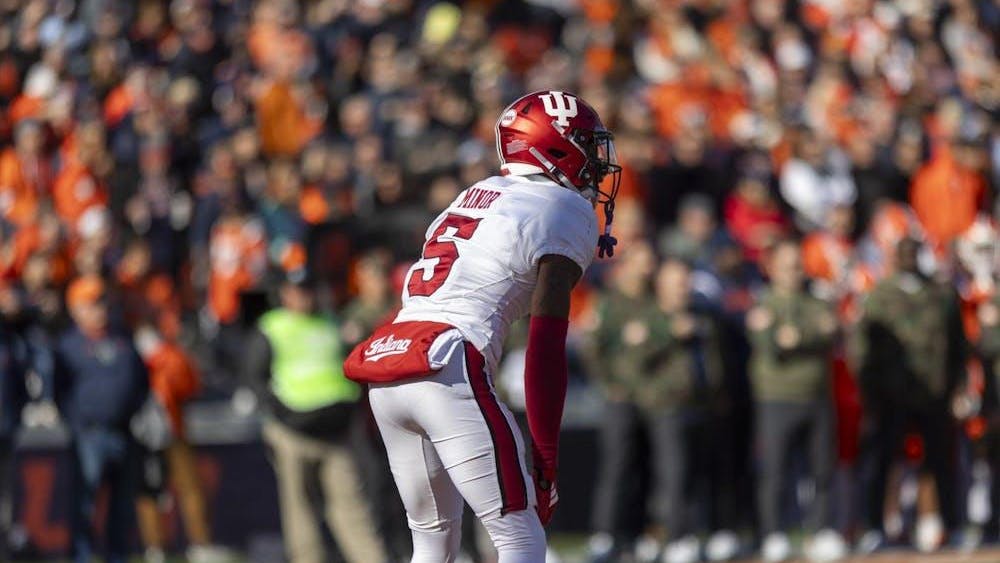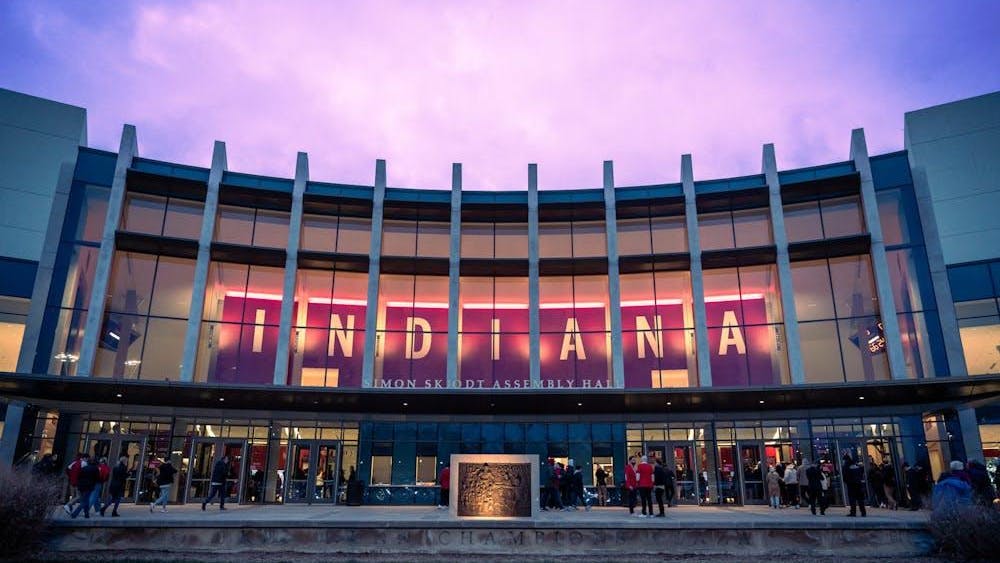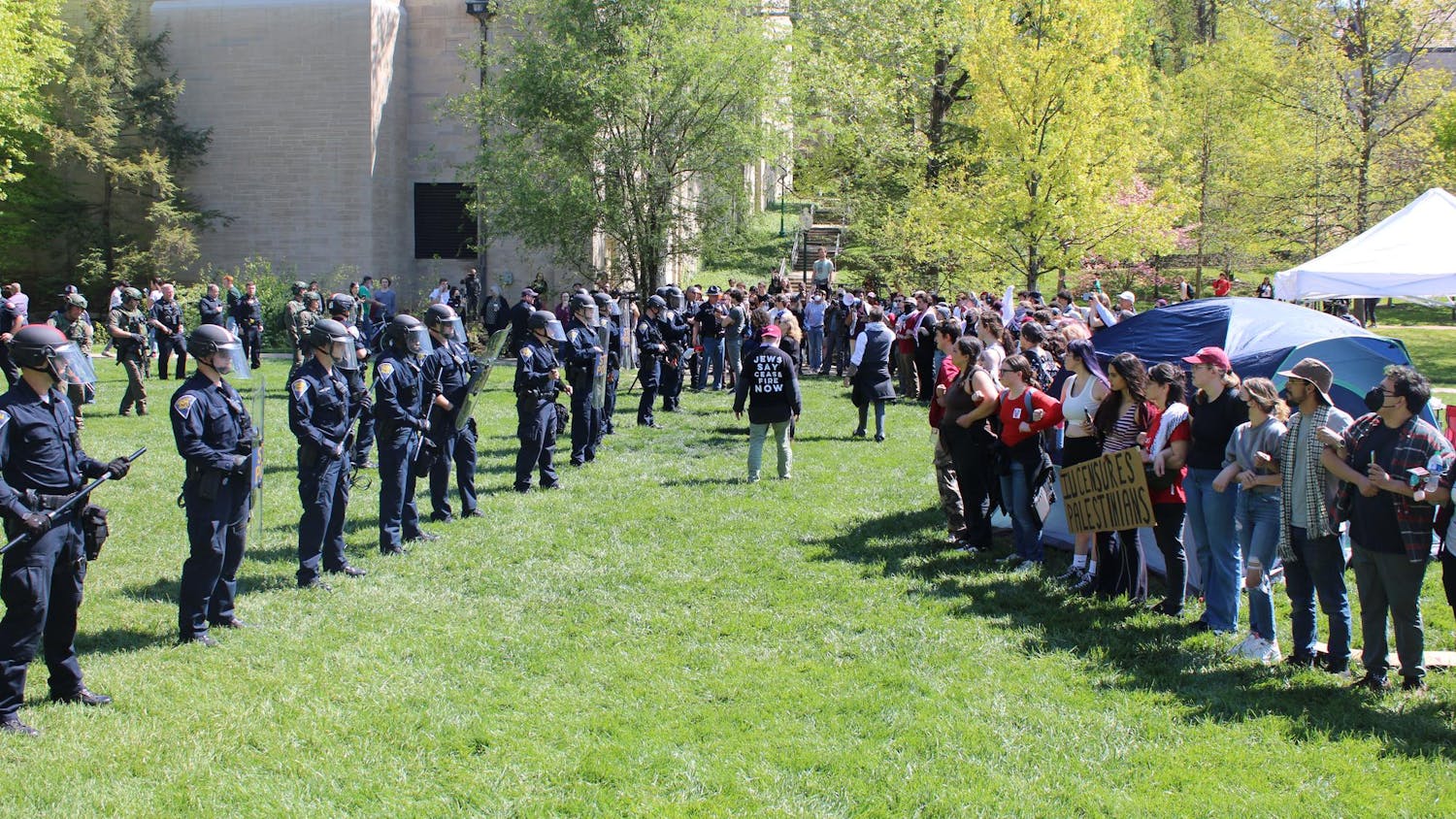State history was made in downtown Indianapolis earlier this week.
Justice Loretta Rush was sworn in as Chief Justice of the Indiana Supreme Court Monday in the Supreme Court Law Library, which she called in her swearing-in ceremony “a jewel in our beautiful Statehouse.”
An IU alumna, she is the first woman to serve as chief justice of the state’s highest court and the second woman to ever serve on the bench.
Rush was appointed as the 108th justice of the Indiana Supreme Court by then-Gov. Mitch Daniels in September 2012. She is the most recently appointed justice on the court, but addressing her fellow justices at the ceremony, she reminds them that she is still “only one vote.”
Originally from Pennsylvania, Rush received her undergraduate degree from Purdue University and graduated from the IU Maurer School of Law in 1983. She serves on the school’s Board of Visitors.
Before being chosen to serve on the state’s highest court, Rush was the juvenile court judge in Tippecanoe County. Many of her 20 court opinions she wrote as an associate justice dealt with juvenile cases.
Rush’s historical appointment has left many thankful for her representation of women in the legal system.
“She is the first female chief, and it’s a court that has not had enough women on it,” said Charles Geyh, professor at the Maurer School of Law. “The Indiana Bar is terrific and is full of women who have not found their way onto the court.”
However, Geyh said her newfound place in Indiana history should not overshadow her prior accomplishments.
“There is some political significance of her being the first woman, and it’s not to say she isn’t a symbol,” Geyh said. “She’s a whole lot more than a symbol. She is a competent judge who deserves this.”
Eighteen other states have women currently serving as chief justices of their supreme courts.
To be appointed chief justice, ?associate justices are interviewed by the Judicial Nominating Commission, a nonpartisan committee consisting of lawyers and non-lawyers, Geyh said. They then vote on who fills the vacancy. The process to fill the seat took place Aug. 6.
Geyh said any judge making it through that type of vetting process is capable of doing the job.
Indiana Supreme Court justices are to retire by age 75. Now-associate justice Brent Dickson stepped down this year from his position as chief justice, presumably because he faces retirement in two years. Rush is 56 years old.
The Indiana Supreme Court currently consists of a chief justice and four associate justices, the minimum allowed by the Indiana Constitution.
Nominees for associate justices are chosen similarly to those for chief justice. The Judicial Nominating Commission chooses three nominees to fill a bench vacancy. The governor chooses which of those nominees will be appointed.
After serving two years on the court, justices are put up for retention votes by state citizens in the next general election. If retained, justices serve a 10-year term and are then put back on the ballot. Rush’s first retention vote will be this year, alongside Justice Mark Massa.
In her swearing-in speech, Rush remembered her first week on the court, when Justice Massa leaned over to her and whispered that “sitting in conference with the other justices and discussing the law was a remarkable experience and the highlight of his life. I soon came to agree,” she said.
“Well, I guess there’s only one thing left to be said,” Rush said, concluding her remarks. “Let’s get back to work.”

